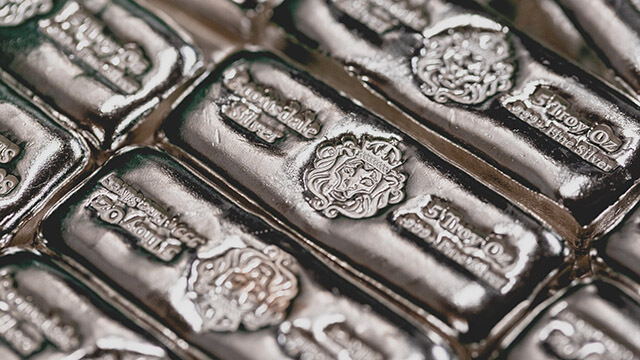silver prices continue to climb, recently trading around $30.10 per troy ounce, reflecting a five-day winning streak during the Asian trading hours. This increase has been partly attributed to market uncertainty surrounding tariff policies as the Trump administration prepares to take office. While speculation arose that Trump’s team might limit the tariff plan to select crucial imports, he responded to these rumors, maintaining a broad approach.
China, as the largest consumer of silver , has played a pivotal role in bolstering the metal’s demand. Efforts from the People’s Bank of China (PBoC), in collaboration with state planners, aim to invigorate the domestic economy. Initiatives include urging banks to enhance lending activities, particularly under a trade-in program, which is expected to further stimulate industrial demand for silver .
Despite these positive factors, the strength of the US Dollar poses a challenge for silver ’s upward trajectory. As the dollar improves, silver becomes costlier for buyers utilizing other currencies, potentially curbing global demand. The US Dollar Index is currently above 108.50, buoyed by a rise in the 10-year Treasury yield, which surpassed 1% recently. This performance showcases evolving investor attitudes regarding the Federal Reserve’s interest rate strategies, following the release of strong economic indicators.
Recent data, particularly the ISM services report, reveals heightened activity in the US economy, contributing to increased inflation concerns. The Services PMI climbed to 54.1, surpassing expectations, while the Prices Paid Index surged significantly. Such robust economic signals suggest that higher interest rates may be on the horizon, which typically diminishes the allure of non-yielding assets like silver . Investors are now closely monitoring forthcoming employment figures and insights from the Federal Open Market Committee Minutes for further clarity on future monetary policy.
